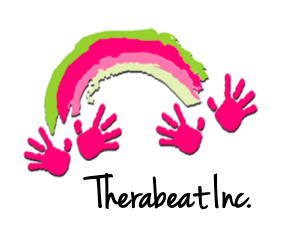This week, I will explore the last of the 3 foundational principles of music therapy: “the utilization of the unique potential of rhythm to energize and bring order”. Many people who suffer from physical, mental, or emotional impairments struggle to perceive or understand their internal and external environments, which may result in the inability to control behaviors or respond to stimuli in appropriate ways. Music, being an extremely structured and organized form of expression, can be an effective tool for helping individuals establish the order that is so necessary to their well-being. According to Peters (2000), music can help “attract and sustain attention, elicit and organize response, and provide an example of ways to make beauty and order out of chaos” (pp.59). Music therapists have the opportunity to carefully choose, manipulate, and organize musical elements in a way that encourages clients to move from a state of chaos to a state of order.
Firstly, music is a multisensory experience. From the sound waves to the physical vibrations, music can be experienced through numerous sensory channels. Because of the multisensory nature of music, it attracts the attention of individuals rather easily. Furthermore, it can sustain that attention due to the fact that music is a real-time experience that requires “moment to moment commitment” from participants (Stevens, 2000, pp.60). For example, the sound of a xylophone being played by a music therapist may draw the attention of a child. Once the child decides to pick up a mallet and play the xylophone herself, she must continue playing in order to continue receiving that auditory input; if she stops playing, the music stops. As summarized by Stevens (2000), “after the rhythms, sounds, and melodies attract and individuals attention, the time-ordered structure and experience of music help hold that attention, providing an environment or structure in which growth and learning can occur” (pp.60).
Furthermore, the multisensory nature of music gives clients many opportunities to become involved in the experience. Individuals can respond to music through “auditory, visual, tactile, and kinesthetic channels” (Stevens, 2000, pp.60). These responses can include anything from turning a head towards the source of music, picking up a mallet and hitting a drum, vocalizing with music, to dancing or moving to a steady beat. There are countless opportunities not only for music to reach clients but for clients of all abilities to respond. A client who may struggle with one particular sensory mode may be able to receive stimulation or respond through a different sensory mode offered by music. Music is versatile, accessible, and adaptable, which makes it an efficient therapeutic tool.







